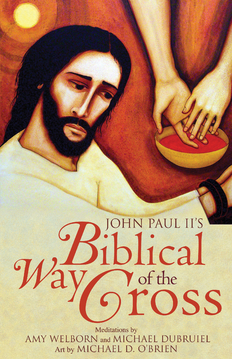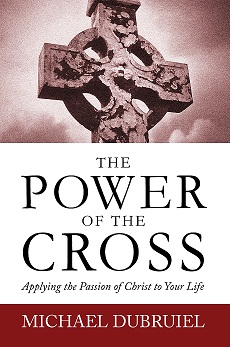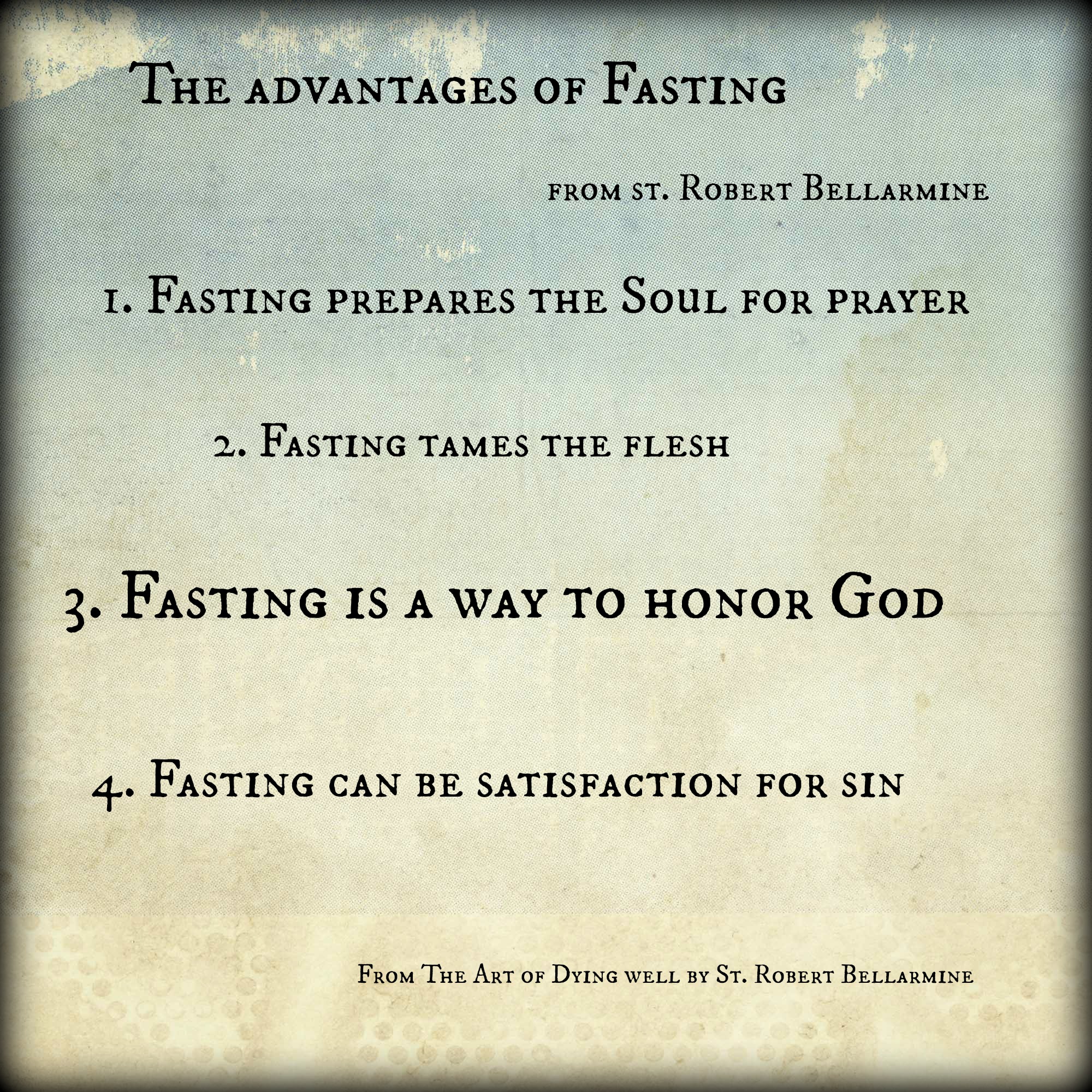This is an adapted reprint from previous years. Last year, I’d gone to Mass that Saturday evening thinking, “Wow, it’s almost Lent,” and expecting some kind of mention of the fact…which never came…which brought this to mind again. Perhaps you’ll appreciate it.
I have been on a bit of a hobby horse about pre-Lent. And yes, I am still on it.
In reading over some older devotional materials (more on that in the next post) and thinking about this Sunday’s Mass readings, the problem (one of them) clicked into place in a very simple way.
Lent begins next Wednesday, Ash Wednesday. Which means tomorrow is the last Sunday before Lent begins. What are the Mass readings?
How about last year? 6th Sunday of Ordinary Time (Year C). Jesus heals a leper, from Mark 1:40-45.
And the year before? 8th Sunday of Ordinary Time, Year B: Sermon on the Mount, Matthew 6:24-34
(Remember there were only two readings at Sunday Mass)
Corinthians 13:1-13 – ….but do not have love…
Gospel: Luke 18:31-43
At that time Jesus took unto Him the twelve and said to them: Behold, we go up to Jerusalem, and all things shall be accomplished which were written by the prophets concerning the Son of Man. For He shall be delivered to the Gentiles, and shall be mocked and scourged and spit upon: and after they have scourged Him, they will put Him to death, and the third day He shall rise again.
And they understood none of these things, and this word was hid from them, and they understood not the things that were said.
Now it came to pass, when He drew nigh to Jericho, that a certain blind man sat by the wayside, begging. And when he heard the multitude passing by, he asked what this meant. And they told him that Jesus of Nazareth was passing by. And he cried out, saying: Jesus, son of David, have mercy on me. And they that went before rebuked him, that he should hold his peace. But he cried out much more: Son of David, have mercy on me. And Jesus standing, commanded him to be brought unto Him. And when he was come near, He asked him, saying: What wilt thou that I do to thee? But he said: Lord, that I may see. And Jesus said to him: Receive thy sight, thy faith hath made thee whole. And immediately he saw and followed Him, glorifying God. And all the people, when they saw it, gave praise to God.

So the entire Catholic world would hear these Scriptures , not just whatever happens to be the readings of that last Sunday of Ordinary Time, but these Scriptures (and Propers and prayers) specifically and organically evolved with the coming of Lent in view.
(Catholics who participate in the Extraordinary Form or the Anglican Ordinariate still experience this form of pre-Lent, and of course Eastern Rite Catholics have their own form as well, with set readings that don’t change from year to year.)
In that older post I highlight the work of scholar Dr. Lauren Pristas, who wrote an essay detailing the thought and politics that went into the elimination of pre-Lent in the Latin Rite. As I say there, the conclusion is essentially that it was too hard for us poor lay folk to keep it all straight and stay focused.
Unintended consequences, anyone? Not to speak of weirdly wrong thinking. Pistas entitled her essay “Parachuting into Lent” and that is exactly the effect, isn’t it?
The best-intentioned post-Conciliar reformers (in contrast to those who simply didn’t believe any of the stuff anymore) seemed to me to be operating from the assumption that the Church’s life and practice as it had developed over time functioned as an obstacle to deeply authentic faith, and that what was needed was a loosening of all this so that Catholics would develop a more adult faith, rooted in free response rather than adherence to structures.
Well, you know how it is. You know how it is when, on one day out of a million you have a blank slate in front of you? No rigid walls hemming you in? No kids to pick up, you don’t have to work, no one’s throwing obligations and tasks at you? And you think, Wow…a whole day free. I’m going to get so much done!
And then it’s the end of the day, and you realize that maybe what you had thought were restrictions were really guides and maybe not so bad because you look back on your Day Without Walls and you wonder…wait, how many cat videos did I watch today? Do I even want to know?
Yeah. That.
Where’s my parachute?
All right then, now that I have vented, some reading. And perhaps the reading will make more sense having read the venting and knowing that these writers have a common reference point: the Scripture readings for Quinguasesima Sunday, which are 1 Corinthians 13 on love and Jesus’ speaking of his coming passion and healing of a blind man.
Reading Vintage Lent, you might come away with a slightly different sense of self than much contemporary Spiritual-Speak delivers. You – the person embarking on this Lenten journey – are not a Bundle of Needs whose most urgent spiritual agenda is to feel accepted, especially as your energy is consumed by staring sadly at walls erected by rigid hypocritical churchy people.
No. Reading Vintage Lent, you discern that you’re a weak sinner, but with God’s grace for which your Lenten penance makes room, you are capable of leaving all that behind, and you must, for Christ needs you for the work of loving the world.
Here, as per usual, is an excerpt from my favorite vintage Catholic text book, originally published in 1935 for 7th graders:


Then this, from a book of meditations tied to the Sunday Scripture readings, published in 1904. It’s called The Inner Life of the Soul, and it really is quite a nice book. Not all older spiritual writing is helpful to us – the writing can be florid or dense in other ways, it can reflect concerns that perhaps we don’t share. This isn’t like that, and the reason, I think, is that the chapters were originally published as columns in a periodical called Sacred Heart Review. The author is one S.L. Emery, and contemporary reviews of the book indicate that many readers assumed that the author was male, but a bit more research shows that this is not true. Susan L. Emery was, obviously, a woman, and is cited in other contemporary journals for her work in translating Therese of Liseux’s poetry.
Anyway, Emery’s reflections, which tie together Scripture readings, the liturgy, the lives and wisdom of the saints and the concerns of ordinary experience, are worth bookmarking and returning to, and, if I might suggest to any publishers out there…reprinting.
What I think is important to see from this short reading, as well as the Ash Wednesday reflection that follows, is how mistaken our assumptions and stereotypes of the “bad old days” before Vatican II are. Tempted to characterize the spirituality of these years as nothing but cold-hearted rigidity distant from the complexities of human life, we might be surprised at the tone of these passages. The call to penance is strong. The guidelines are certainly stricter and more serious than what is suggested today. But take an honest look – it is not about the law at the expense of the spirit or the heart. Intention is at the core, and there are always qualifications and suggestions for those who cannot or are not required to follow the strictest reading of the guidelines: those who are young, old, or sick, or, if you notice, the laborer who must keep his or her strength up.
And the second paragraph? The description of the pressures upon the self in the modern world of 1904?
Don’t be fooled by the purveyors of novelty, especially of the spiritual kind – the very profitable kind – which would have you think that everything is so different now that nothing of the past is useful.
The season of Lent is at hand; in three days Ash Wednesday will be here; our Mother the Church calls upon us to fast, and pray, and to do penance for our sins. Each one who cannot fast should ask for some practical and methodical work of piety to do instead ; and perhaps few better could be found than ten minutes’ serious meditation, every day, upon the Passion of our Lord. This practice can be varied in many ways, some of them being so simple that a child might learn them ; and God alone knows of what immense value to us this practice, faithfully continued through one Lent, would be. Let us consider, then, by His assisting grace, that most helpful spiritual devotion called meditation.
In our day the necessity is really extreme of keeping the minds of Christians filled and permeated with an abiding sense of the love and care of Almighty God for each individual soul. The ceaseless hurry and worry prevalent amongst us, to become rich, to be counted intellectual, to know or to have as much as our neighbor, tends to destroy that overruling sense of spiritual things which would give ballast and leisure to our souls. Then, when earthly props fail us, and loneliness, sickness, or great trouble of any kind confronts us, the utter shallowness of our ordinary pursuits opens out in its desert waste before us, and our aching eyes see nothing to fill the void. The ambition dies out of life. If we have means, people begin to talk of change of scene and climate for tired souls who know but too well that they cannot run away from the terrible burden, self ; though their constant craving is, nevertheless, to escape somehow from their “ waste life and unavailing days.” The unfortunate, introspective and emotional reading of our era fosters the depression, and suicide has become a horribly common thing.
Even a Christian mind becomes tainted with this prevailing evil of despondency, which needs to be most forcibly and promptly met. Two weapons are at hand, — the old and never to be discarded ones of the love of God and the love of our neighbor. …
…. Oh, if in our dark, dark days we could only forget our selves ! God, Who knows our trials, knows well how almost impossible to us that forgetfulness sometimes seems ; perhaps He ordains that it literally is impossible for a while, and that it shall be our hardest cross just then. But at least, as much as we can, let us forget ourselves in Him and in our suffering brothers; and He will remember us.
I did a search for “Quinquagesima” on Archive.org and came up with lots of Anglican results, but here’s a bit of an interesting Catholic offering – an 1882 pastoral letter from the Archbishop of Westminster to his Archdiocese. The first couple of pages deal specifically with Lent, and the rest with Catholic education, which is interesting enough. But for today, I’ll focus on the Quinquagesima part. He begins by lamenting a decline in faith – pointing out the collapse of Christian culture. And then turns to Lent:
We are once more upon the threshold of this
sacred time. Let us use it well. It may be our last Lent, our
last time of preparation and purification before we stand in the
light of the Great White Throne. Let us, therefore, not ask
how much liberty may we indulge without positive sin, but how
much liberty we may offer to Him who gave Himself for us.
” All things to me are lawful, but all things edify not ; ” and
surely in Lent it is well to forego many lawful things which
belong to times of joy, not to times of penance.The Indult of the Holy See has so tempered the rule of
fasting that only the aged, or feeble, or laborious, are unable to
observe it. If fasting be too severe for any, they may be dis-
pensed by those who have authority. But, if dispensed, they are .
bound so to use their liberty as to keep in mind the reason and
the measure of their dispensation. A dispensation does not
exempt us from the penitential season of Lent. They who use
a dispensation beyond its motives and its measures, lose all
merit of abstinence, temperance, and self-chastisement.If you cannot fast, at least abstain. If you cannot abstain, use your
dispensation as sparingly as can be, and only as your need re-
quires. If in fasting and abstinence you cannot keep Lent,
keep it by prayer, and Sacraments, and alms, and spiritual
mortifications.Chastise the faults of temper, resentment, ani-
mosity, vanity, self-love, and pride, which, in some degree and
in divers ways, beset and bias if they do not reign in all our
hearts. In these forty days let the world, its works and ways,
be shut out as far as can be from your homes and hearts. Go
out of the world into the desert with our Divine Redeemer.
Fast with Him, at least from doing your own will ; from the
care and indulgence of self which naturally besets us. Examine
the habits of your life, your prayers, your confessions, your
communions, your amusements, your friendships, the books
you read, the money you spend upon yourselves, the alms you
give to the poor, the offerings you have laid upon the Altar, and
the efforts you have made for the salvation of souls.Make a review of the year that is past ; cast up the reckoning of these
things ; resolve for the year to come on some onward effort,
and begin without delay. To-day is set apart for a test of your
charity and love of souls. We may call it the commemoration
of our poor children, and the day of intercession for the orphans
and the destitute.
Finally…do you want to be correct? Well, here you go.


















































































































